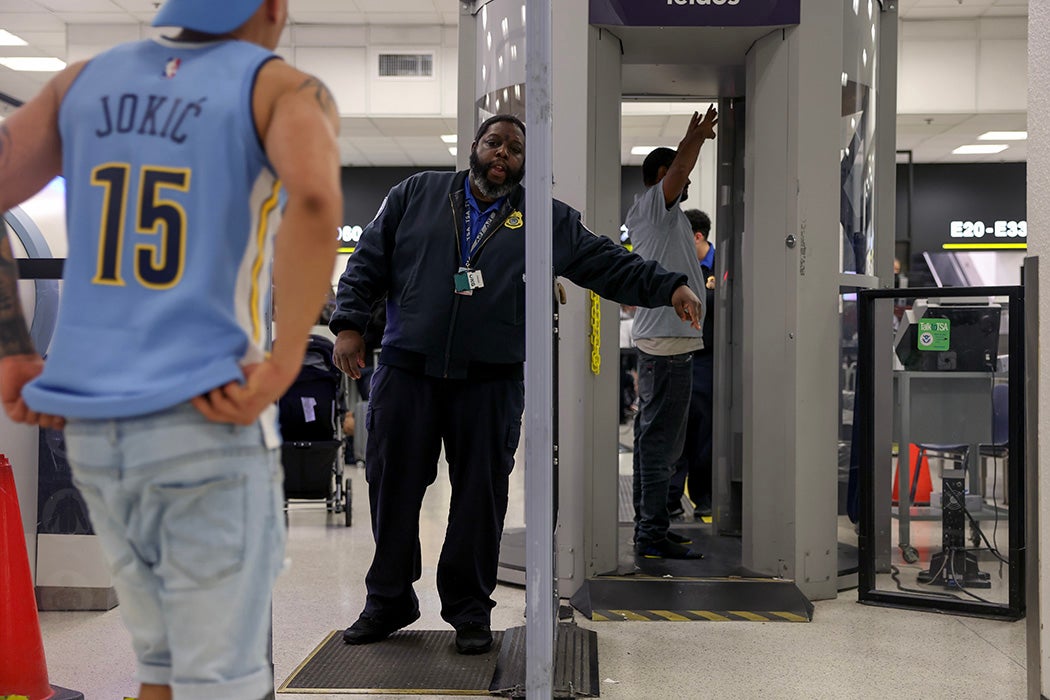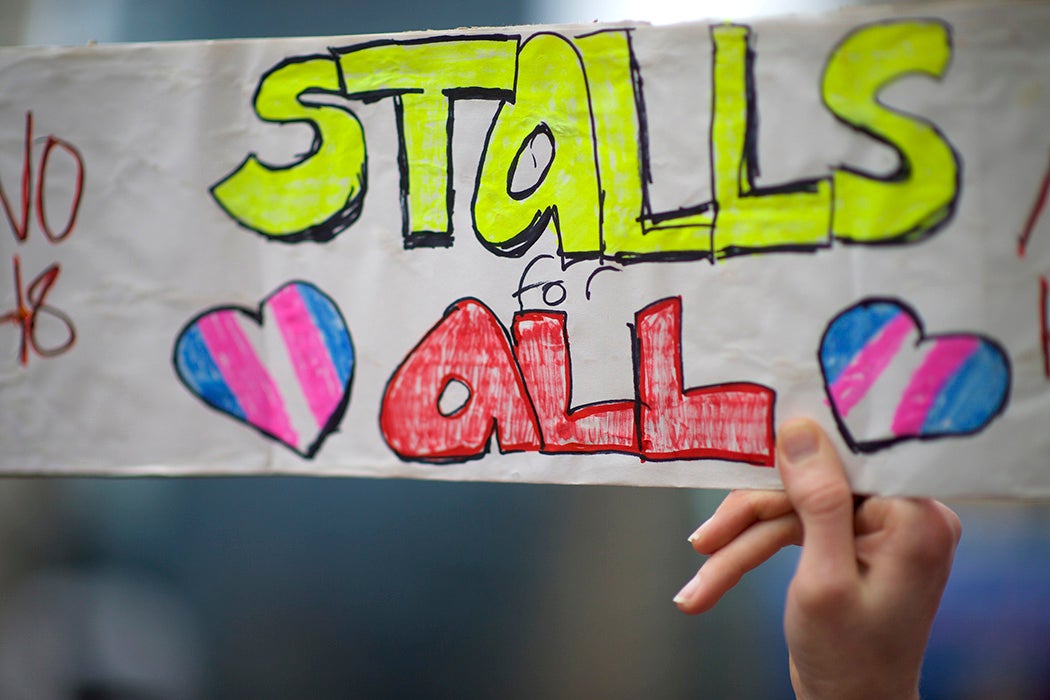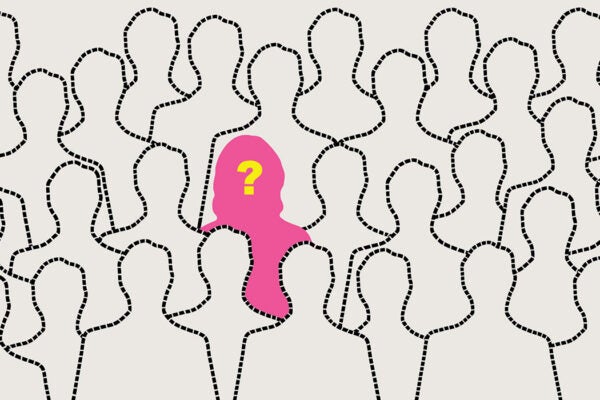Airport security is a moment of scrutiny for all passengers: the Transportation Security Administration (TSA) inspects identification documents, personal effects, and bodies themselves. This creates risk for transgender people, who may be viewed with suspicion when their appearance does not match the gender listed on their government identification. It’s a moment when, Paisley Currah and Tara Mulqueen argue, TSA procedures make gender into “an object of state (and increasingly private and privatized) surveillance.”
The TSA instituted its Secure Flight Program in 2009, requiring people booking flights to submit their name, date of birth, and gender as they appear on government-issued identity documents. Airlines share this information with the TSA, which checks it against watch lists to prevent any suspected terrorists or other banned passengers from boarding planes. Gender is included on this list of what are framed as immutable characteristics, but it’s not so simple.
“The logic of the Secure Flight program assumes that the gender marker on a piece of ID will lessen confusion—reducing the number of false positive matches to the government watch lists—rather than generate it,” Currah and Mulqueen write. “But for transgender passengers at the airport, a perceived mismatch between the gender marker on their ID and the gender they present is flagged as an anomaly. And at the airport, an anomaly is an event that automatically triggers higher levels of scrutiny.”
Those higher levels of scrutiny can lead to “humiliating interrogations, sexually assaultive pat downs, outing to colleagues, even denial of travel.”
The 2010 addition of advanced imaging technologies to TSA screening increased the risk to trans travelers. With passengers subjected to three-dimensional imaging of their nude bodies, not only would mismatches between their government documents and their public gender presentation be scrutinized—the most intimate parts of their bodies would be inspected for whether they fit TSA officers’ views on what a woman’s or man’s body should look like. A man without a penis or a woman with one would become a security concern.
More to Explore
Transgender Legal Battles: A Timeline
This represents the securitization of gender: identity is linked with security because the government believes that knowing who people are helps assess risk, and gender is taken as an immutable marker of identity. A “gonadal anomaly” thereby becomes a security threat.
But the burden, Currah and Mulqueen note, falls not on the TSA because its security programs fail to account for the varieties of bodies and identities it may encounter.
Weekly Newsletter
“Instead, it is transgender travelers who suffer the effects of systemic confusions about gender classification. And it is transgender travelers who are forced to contort their gendered selves to appear as conventionally gendered as possible at the airport,” they write.
Currah and Mulqueen’s findings about the indignities and risks the Secure Flight Program and advanced imaging technologies posed to trans people came shortly after the implementation of those programs. At the time, the TSA advised trans travelers to carry with them a doctor’s letter to affirm the accuracy of their gender. Today, such measures may be inadequate as the federal government moves to require government-issued identification to reflect sex not just at birth but at conception.








